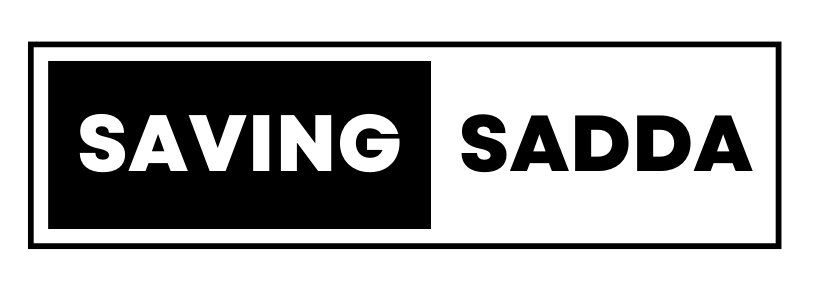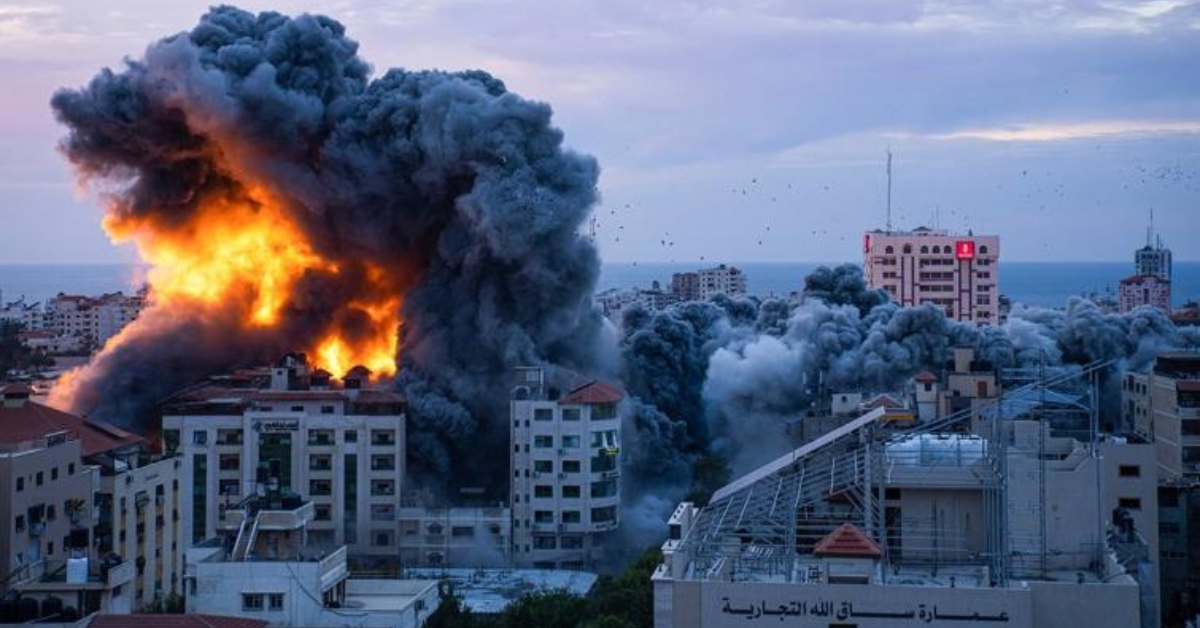Unraveling the $6 Billion US-Iran Deal Amidst the Shadow of the Recent Hamas Attack
The recent attack by the Palestinian group Hamas on Israel, followed by Israel’s retaliation, has sent shockwaves across the international community. With the death toll exceeding 1,100, the spotlight has now turned to the Iran-backed Islamist group and the controversial $6 billion US-Iran deal that has been a subject of debate.
Understanding the Iran Prisoner Swap Deal
In August, President Joe Biden approved a complex agreement that saw the release of five US citizens detained by Tehran in exchange for the transfer of $6 billion in Iranian funds, which had long been frozen in South Korea. Simultaneously, five Iranians held in the United States were allowed to leave.
What Comprises the $6 Billion?
The $6 billion in question represents Iranian assets that were held in South Korean banks. This significant sum became inaccessible to Iran after former President Donald Trump imposed a comprehensive ban on Iran’s oil exports and enforced sanctions on its banking sector in 2019, effectively blocking these Iranian oil revenues in Seoul.
Current Location of the $6 Billion
Contrary to assumptions, these funds have not been returned to Iran. They are currently under the supervision of Qatar’s central bank, located in Doha.
US Secretary of State Antony Blinken clarified, “The facts are these – no US taxpayer dollars were involved. These were Iranian resources accumulated from the sale of its oil, which were stuck in a bank in South Korea.”
Usage of the Funds
According to US officials, the funds can exclusively be employed for humanitarian-related purposes. These include the procurement of essential goods such as food or other items outside Iran for import.
Brian Nelson, the US Treasury’s undersecretary for terrorism and finance, emphasized, “All of the money held in restricted accounts in Doha remains in Doha. Not a penny has been spent. These restricted funds cannot go to Iran; they can only be used for future humanitarian-related purposes.”
Due to stringent due diligence requirements tied to the prisoner swap, it is expected to take several months for Iran to exhaust this financial resource. Moreover, the funds can only be utilized for specific humanitarian necessities, including food, medicine, medical devices, and agricultural products for the Iranian people.
Critics of the Deal
Criticism has arisen from various quarters regarding this deal. Many Republican figures, aspiring to be the party’s nominee for the 2024 presidential elections, have attempted to link President Biden’s Iran deal to the recent attacks. Some have even made inaccurate claims, suggesting that he or US taxpayers funded the attacks on Israel.
Nikki Haley, former South Carolina governor and a 2024 Republican presidential candidate, stated, “Let’s be honest with the American people and understand that Hamas knows, and Iran knows they’re moving money around as we speak because they know $6 billion is going to be released. That’s the reality.”
The $6 billion US-Iran deal continues to be a contentious issue, with implications that extend far beyond the initial prisoner swap. As events unfold and global reactions evolve, the focus remains on how these funds will be used in the coming months and the impact they may have on Iran’s budget and international relations.

